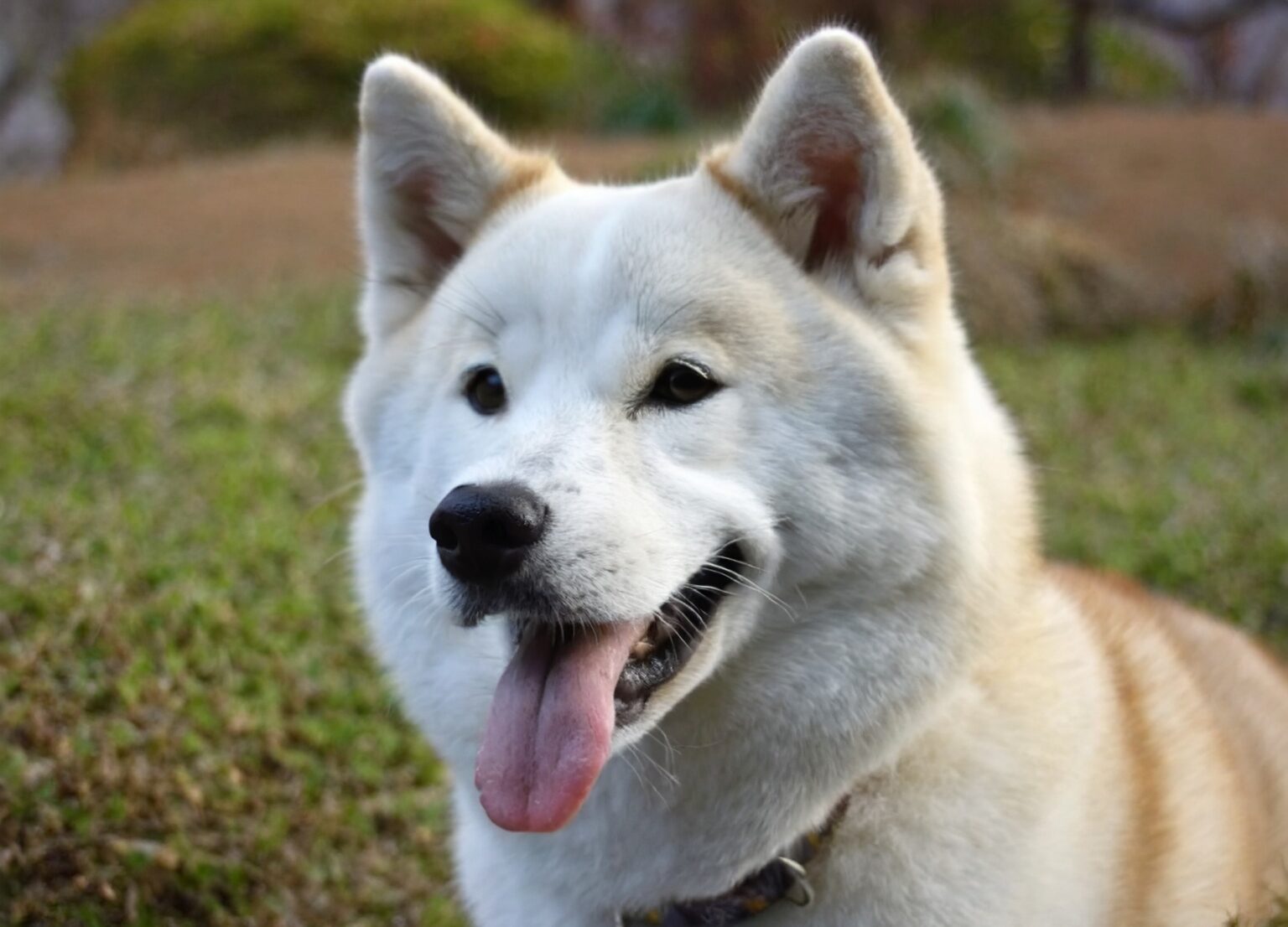Kishu Dog Breed
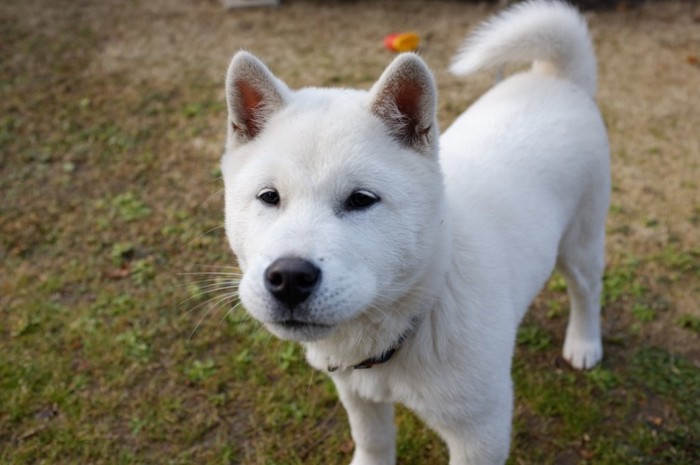
| Category | Kishu Ken Characteristics |
|---|---|
| Birth Era | Originated several hundred years ago in Wakayama Prefecture, Japan |
| Crossbreed | Purebred, developed mainly as a distinct lineage |
| Temperament | Loyal, courageous, affectionate, strong guarding instincts |
| Physique | Muscular and well-built |
| Height | Males: about 49.5–54.5 cm, Females: about 46–51 cm |
| Coat | Short-haired, typically white, red, or sesame (red and white mixed) |
| Lifespan | Approximately 11–13 years |
Originating from the dignified terrains of Wakayama Prefecture in Japan, the Kishu stands as a medium-sized breed, its heritage steeped in the art of hunting. The males stretch approximately 19.5 to 21.5 inches, while females grace the 18 to 20-inch mark.
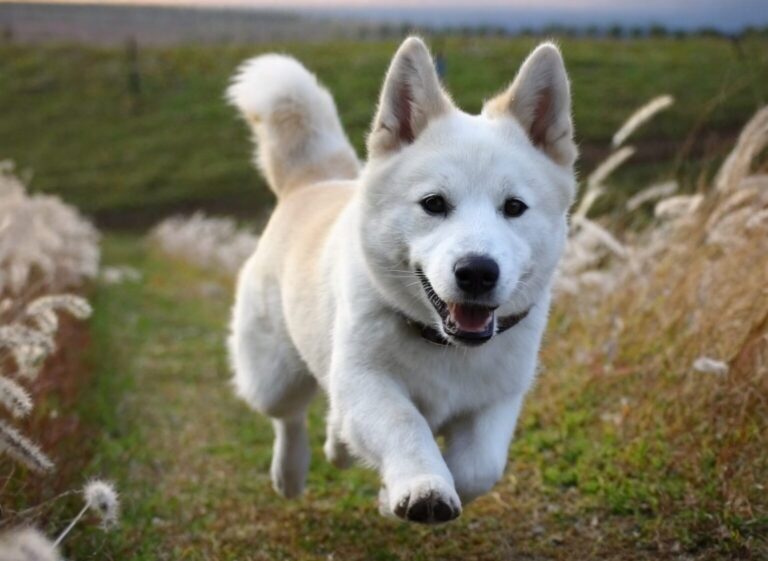
With a coat that varies from white to red and sometimes sesame, these dogs exude loyalty and bravery. Their affection is deep-seated for their families, yet they maintain a prudent vigilance towards strangers and canines alike, emphasizing the necessity of early social engagement.
Despite their robust health making for low-maintenance care, they thrive on regular bouts of exercise and mental challenges — a testament to the treasured Japanese ethos of nurturing the Kishu.
Coat Color
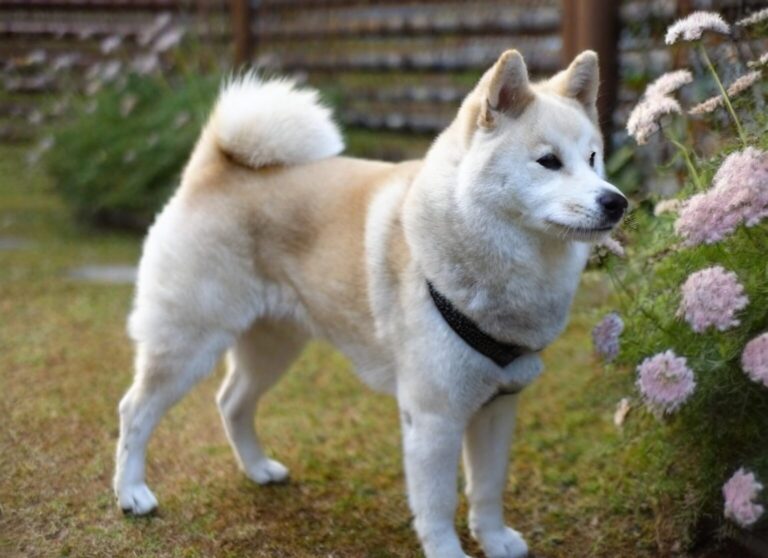
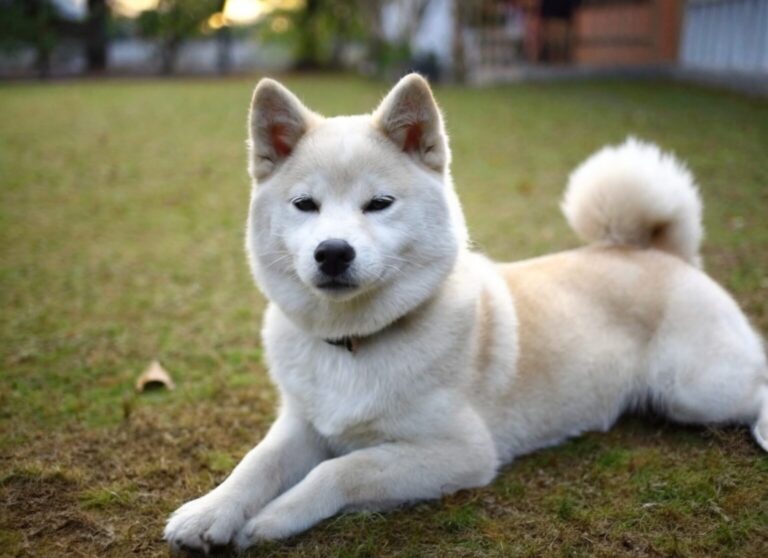
The Kishu, traditionally a hunter’s companion, is known for its stark white coat, though it can also sport black, brown, brindle, and sesame hues. The clarity of its white coat, selected for easy distinction from prey, has been carefully preserved, especially once the breed became a protected natural monument. This deep-seated appreciation of the Kishu’s heritage continues to be a point of pride in Japanese culture.
Coat Type

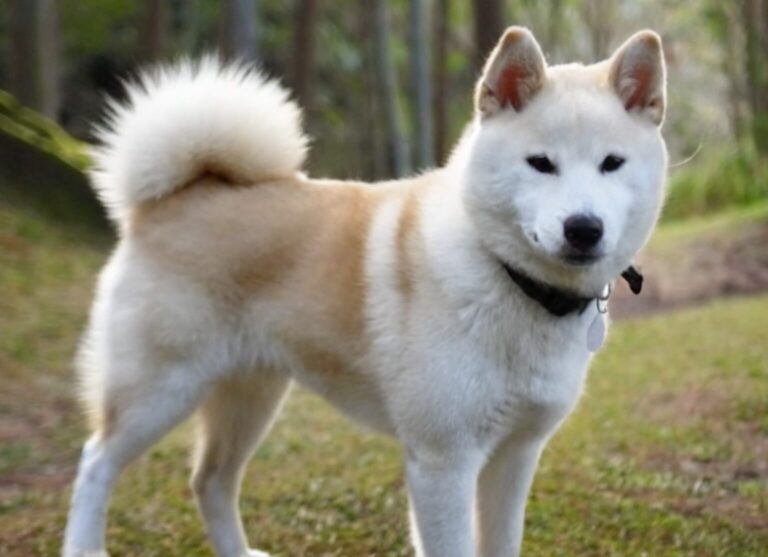
Sporting a plush double coat, the Kishu stands out with its short fur that’s even softer to the touch than the Akita’s. This velvety texture is a distinct feature of Japanese breeds, underscoring the Kishu’s superior shedding management and warmth retention.
Size
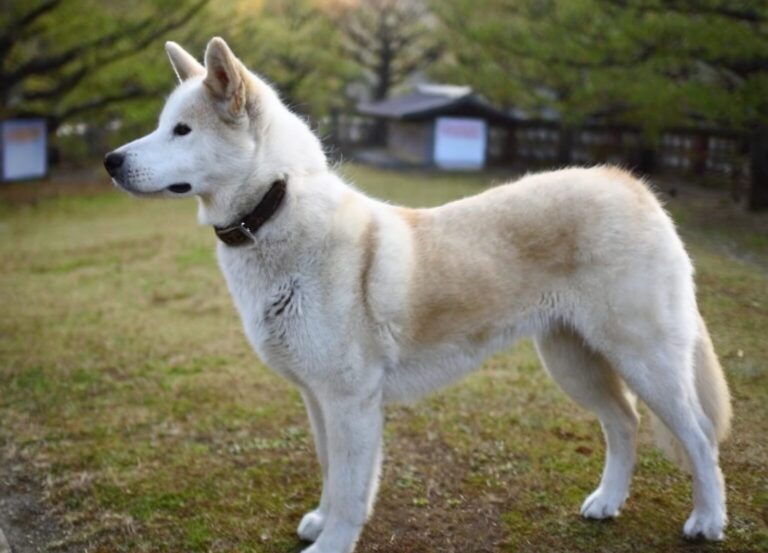
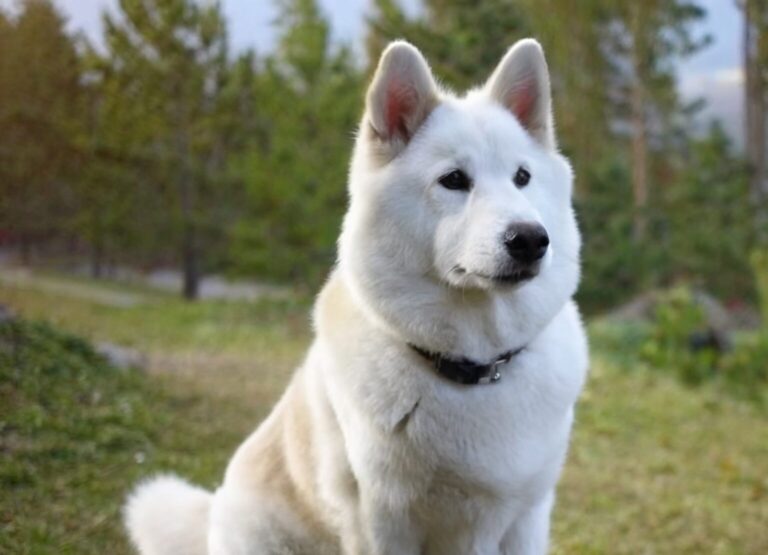
Standing proud among Japan’s canine breeds, the male Kishu measures around 19.5 to 21.5 inches in height, with the females measuring slightly less, from 18 to 20 inches. This measurement from the ground to the shoulder denotes a prominent feature of the breed. A deep chest, solid waist, and powerful hind legs convey their inherent strength and agility. The broad-headed Kishu, with its drooping ears and either curled or half-curled tail, is celebrated for its balanced form, which is synonymous with health in Japanese canine culture.
Weight
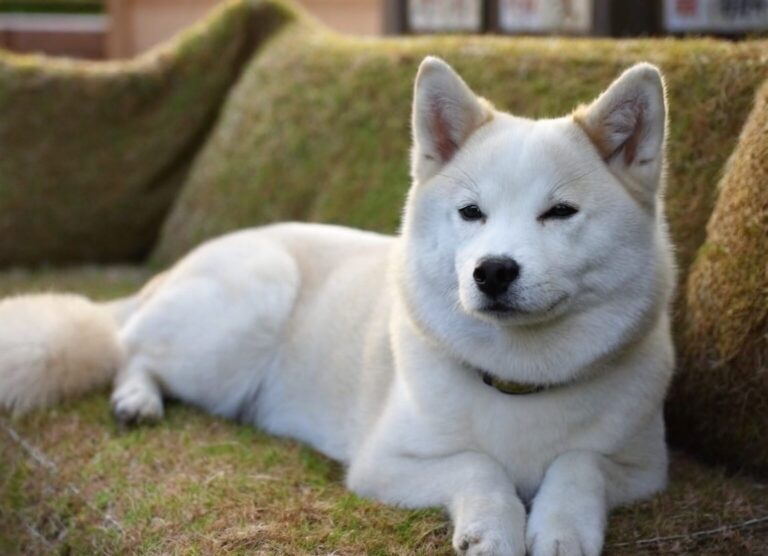
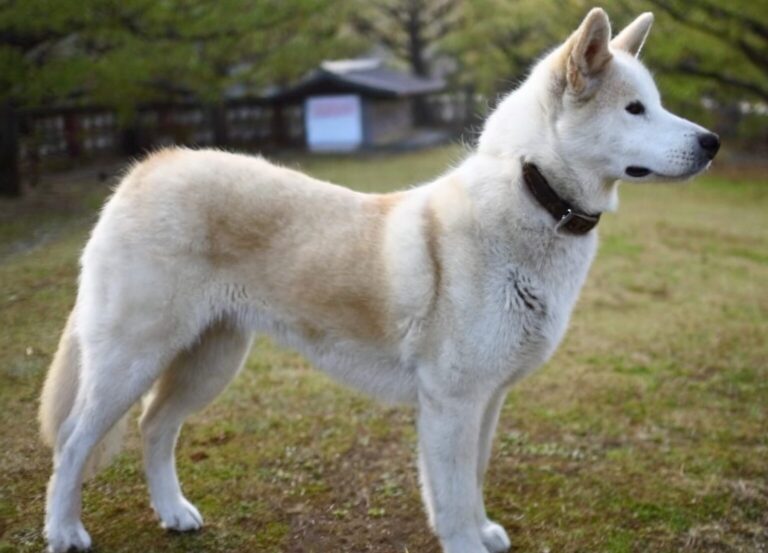
The Kishu, with its well-muscled and sturdy build, stands as a testament to Japan’s revered medium dog breeds. In keeping with the Japanese ethos of pet care, vigilant weight management is considered essential to a dog’s health. A male should ideally tip the scales between 44 to 66 pounds, with females slightly lighter at 40 to 55 pounds. Ensuring that their weight aligns with their majestic build is a mark of good health and proper care.
Lifespan

The Kishu typically enjoys a lifespan of around 14 years, and Japanese pet care philosophy prioritizes creating an environment that promotes health and longevity. This means routine, gentle exercise, a diet that hits all the nutritional marks, and a living space that’s a haven from stress. It’s a widely held belief in Japan that the essence of a quality life for pets translates directly to their longevity.
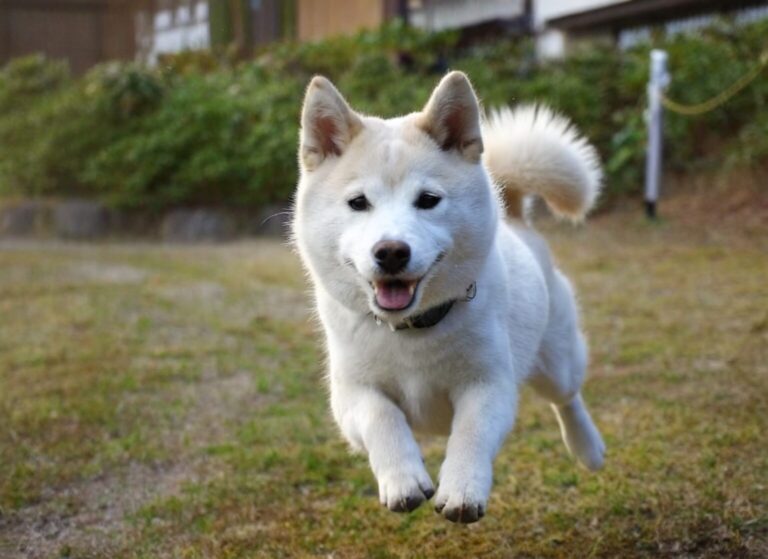
Remember to always provide care and attention suited to your pet’s needs, ensuring they live a full and happy life by your side.
Trainavility
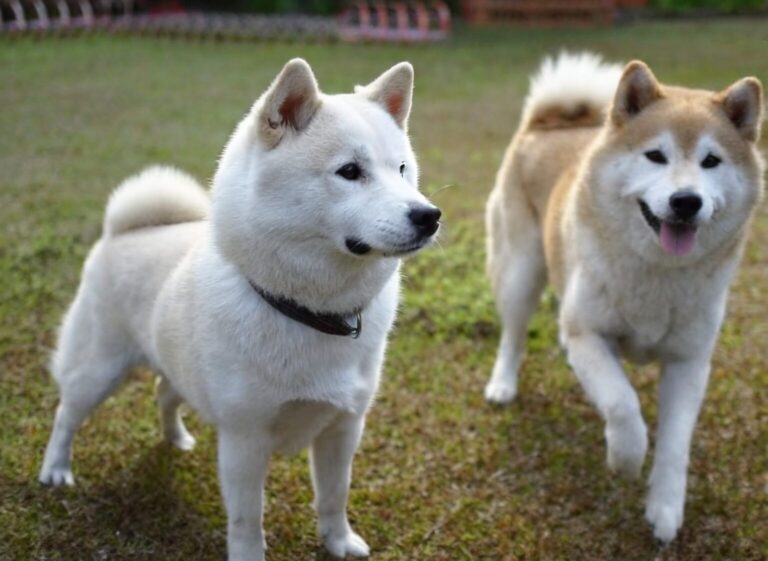
Originating from a lineage of hunters, the Kishu is celebrated for its unwavering loyalty to its master. It’s a widely held belief in Japan that thorough training can shape a Kishu into a trusted and faithful family member. Their instinctual wariness and territorial behavior call for early socialization, a principle highly regarded in the Japanese dog training philosophy.
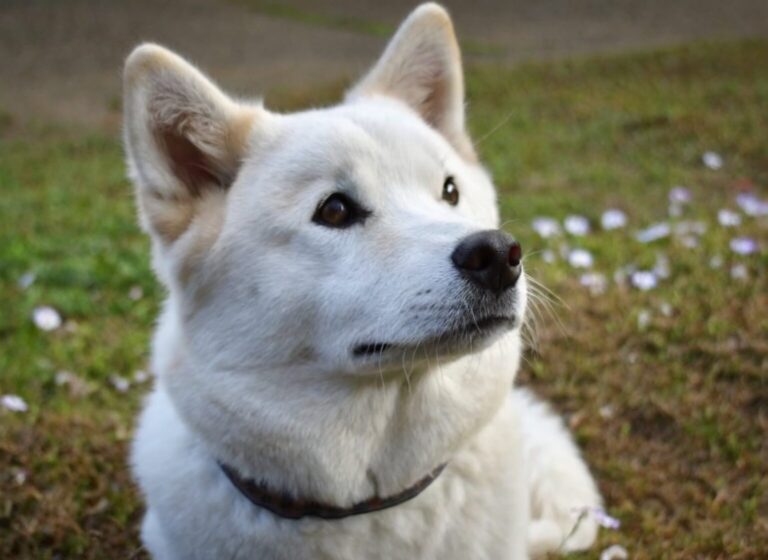
Owners who consistently demonstrate leadership can cultivate a bond of trust, allowing the Kishu’s natural fidelity to flourish. It’s advisable to tailor training to the dog’s developmental stages while embracing their unique traits.
Always consider the rich heritage and the distinct personality of the Kishu when providing guidance, ensuring a harmonious and mutually respectful relationship with these noble dogs.
Exercise
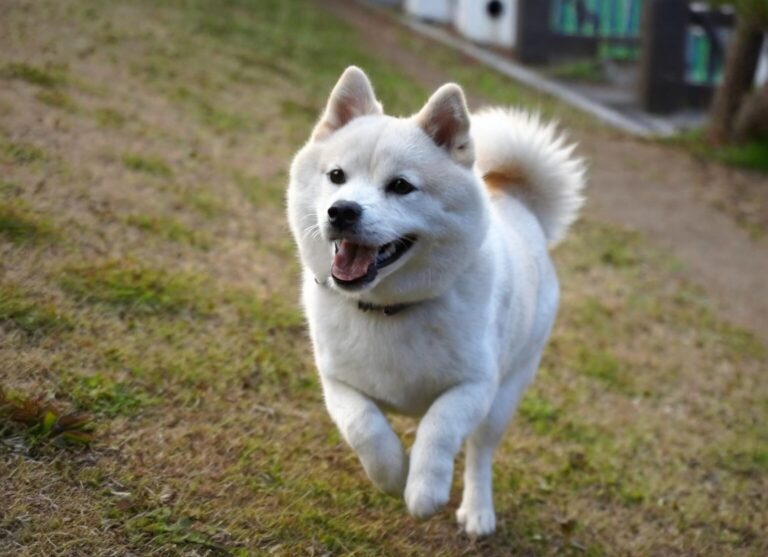
Embracing the vivacious Kishu into your household, it becomes imperative to establish a regular exercise regime. This mirrors the conscientious Japanese approach to pet care, where providing adequate exercise is seen as a guardian’s duty, essential for maintaining the animal’s physical and mental equilibrium.
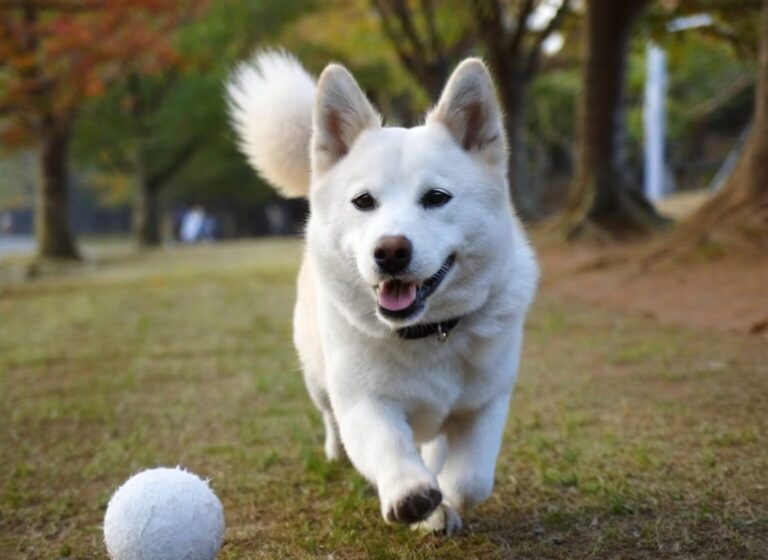
A daily routine of physical activities is vital to preclude stress accumulation, especially for an exuberant breed like the Kishu. Start with light-hearted games for puppies and progress to two walks a day, each lasting around an hour, as the dog matures. Owners must also keep up their physical conditioning to handle their Kishu’s spontaneous powerful tugs or dashes during these walks.
Feeding
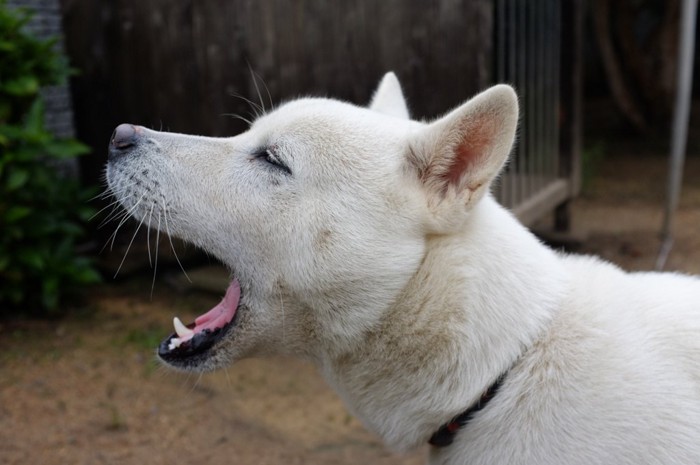
Japanese pet owners often exemplify a nurturing approach, especially when it comes to feeding Kishu puppies.
They’re routinely given small, nutritious, easy-to-digest kibble thrice a day to foster proper growth.
Selecting grain-free food is a testament to their detailed attention to preventing skin ailments.

As the puppies mature, their meals—served twice a day—continue to support skin health, with an additional vigilance toward maintaining sufficient calcium levels, incorporating dog-specific calcium supplements if needed.
This careful feeding regimen is a signature of the dedicated pet care practices in Japan.
Temperament
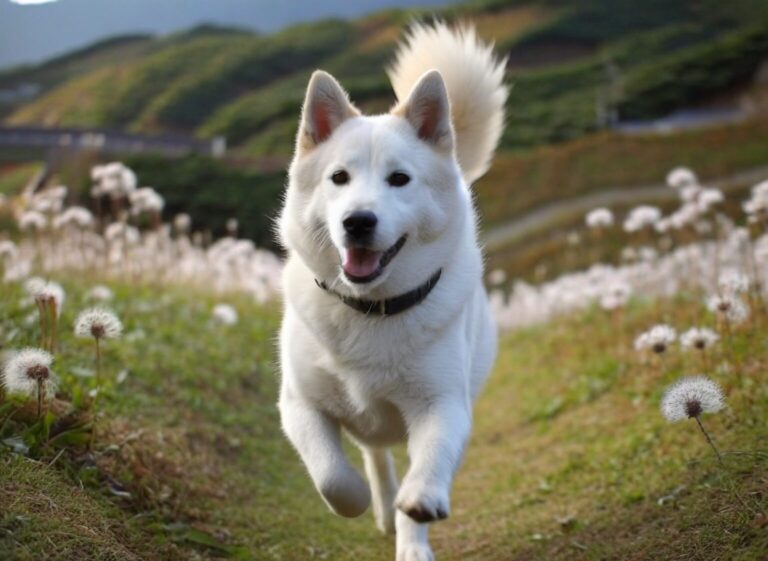
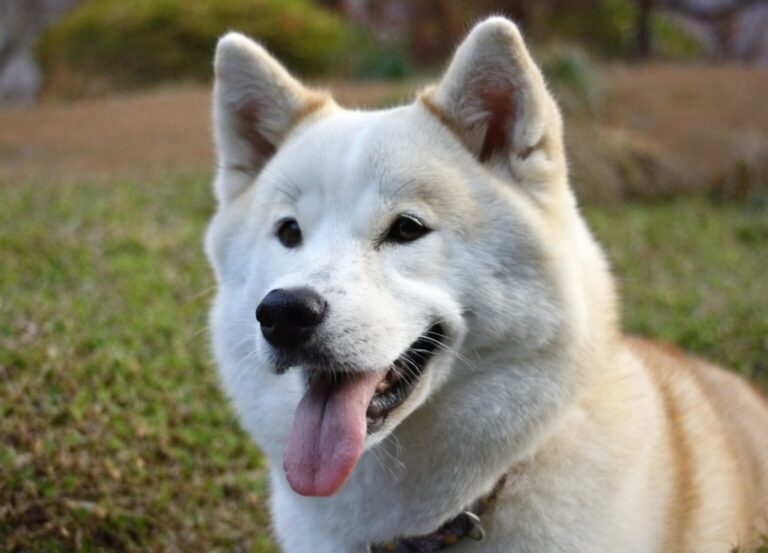
Despite their formidable exterior, Kishu dogs are known for their docile and faithful demeanor towards their owners, reflecting the deep-rooted Japanese ethos of trust and loyalty in the human-canine relationship. These noble dogs are readily trainable as part of the family, thanks to their serious and loyal nature. The majestic bearing and tranquil presence they possess are legacies of their hunting dog heritage, offering their owners a profound sense of assurance.
History
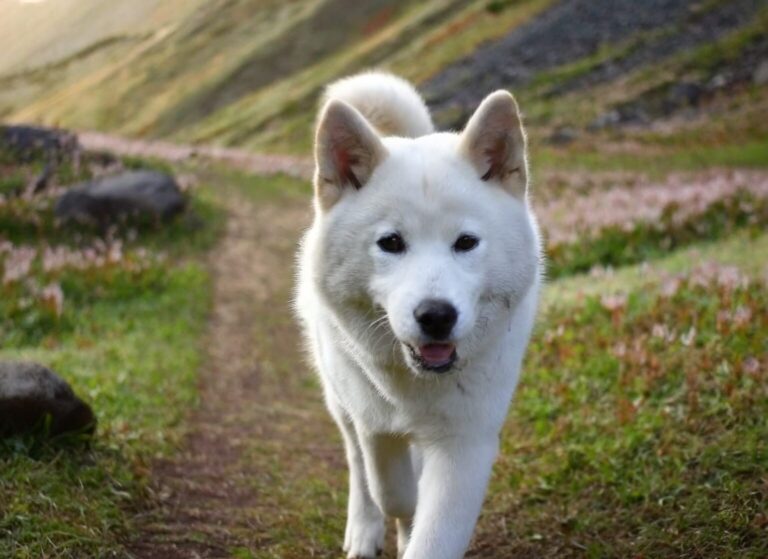
Hailing from the verdant landscapes of the Kii Peninsula, the Kishu dog has evolved through Japan’s rich hunting traditions, particularly proficient in boar hunting. Local appellations gave way to a single designation, “Kishu,” consolidated by the Japan Dog Preservation Society’s dedication.
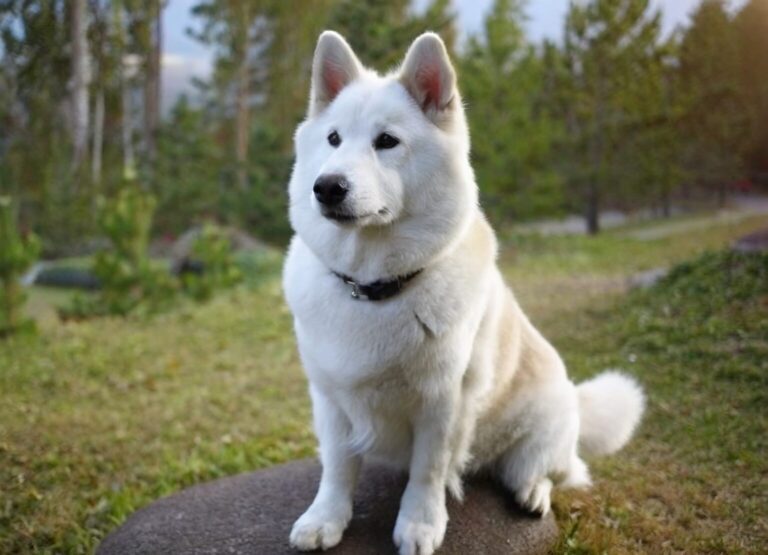
Bestowed with the prestigious status of a national natural monument in 1934, the Kishu’s significant cultural standing is recognized nationwide. Yet, despite its treasure-like status among breeds like the Shiba Inu, the Kishu faces a decline in population, heightening the urgency for conservation efforts to uphold Japan’s living heritage.
Grooming
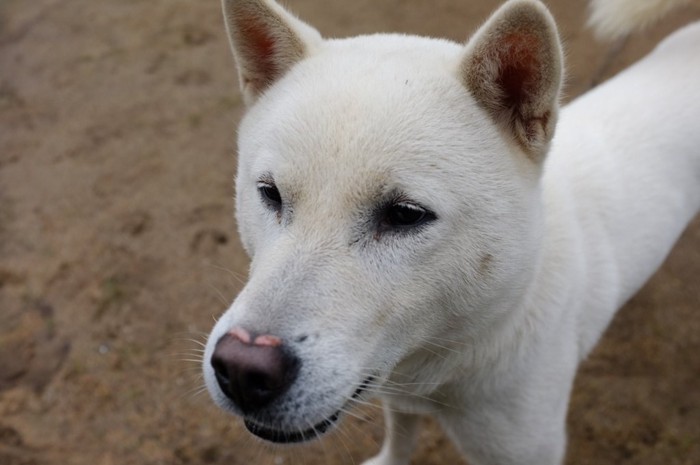
Endowed with a resilient double coat, the Kishu is well-adapted to both hot and cold climates. In Japan, owners pay extra attention to grooming during the heavy shedding season.
Typically, a weekly brushing suffices, but it’s ramped up to thrice weekly when shedding intensifies, turning grooming into a cherished routine that both protects the dog’s health and enhances the human-animal bond.

Post-exercise, a quick rub-down with a damp towel keeps the Kishu neat and nurtures a deeper connection, encapsulating the tender care and attention characteristic of Japanese pet ownership.
Health
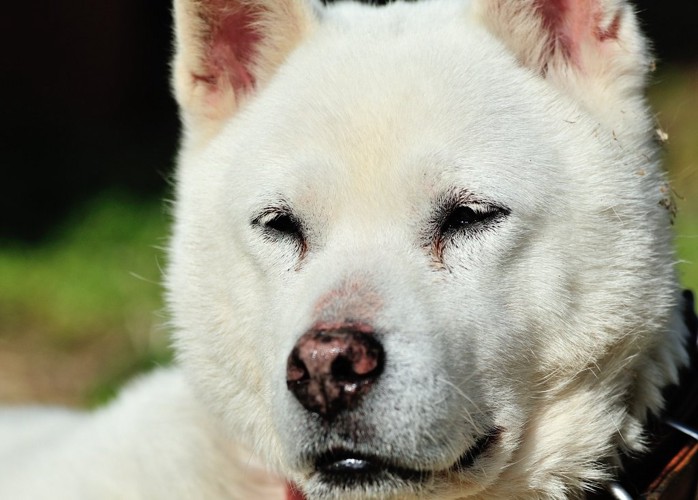
Sensitive skin is a characteristic concern for Kishu dogs, thus regular health monitoring and a well-rounded diet are crucial. It’s a common understanding in Japan to seek immediate veterinary attention at the onset of any health issues.
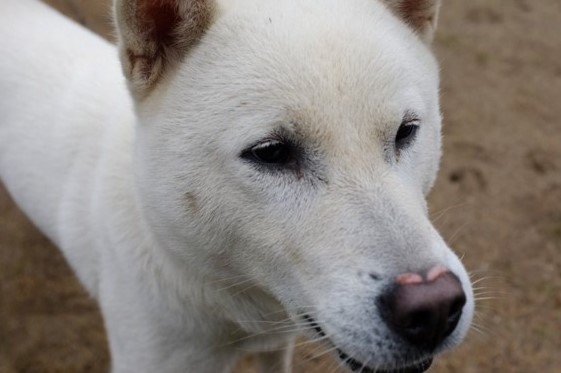
Eyesight complications such as cataracts and glaucoma, associated with aging, should be identified early through consistent health screenings. Immediate and appropriate treatment for inborn heart conditions is also advised. Committing to the health care of a Kishu, including appropriate exercise routines, is vital for a lasting and fulfilling companionship with these loyal dogs.

